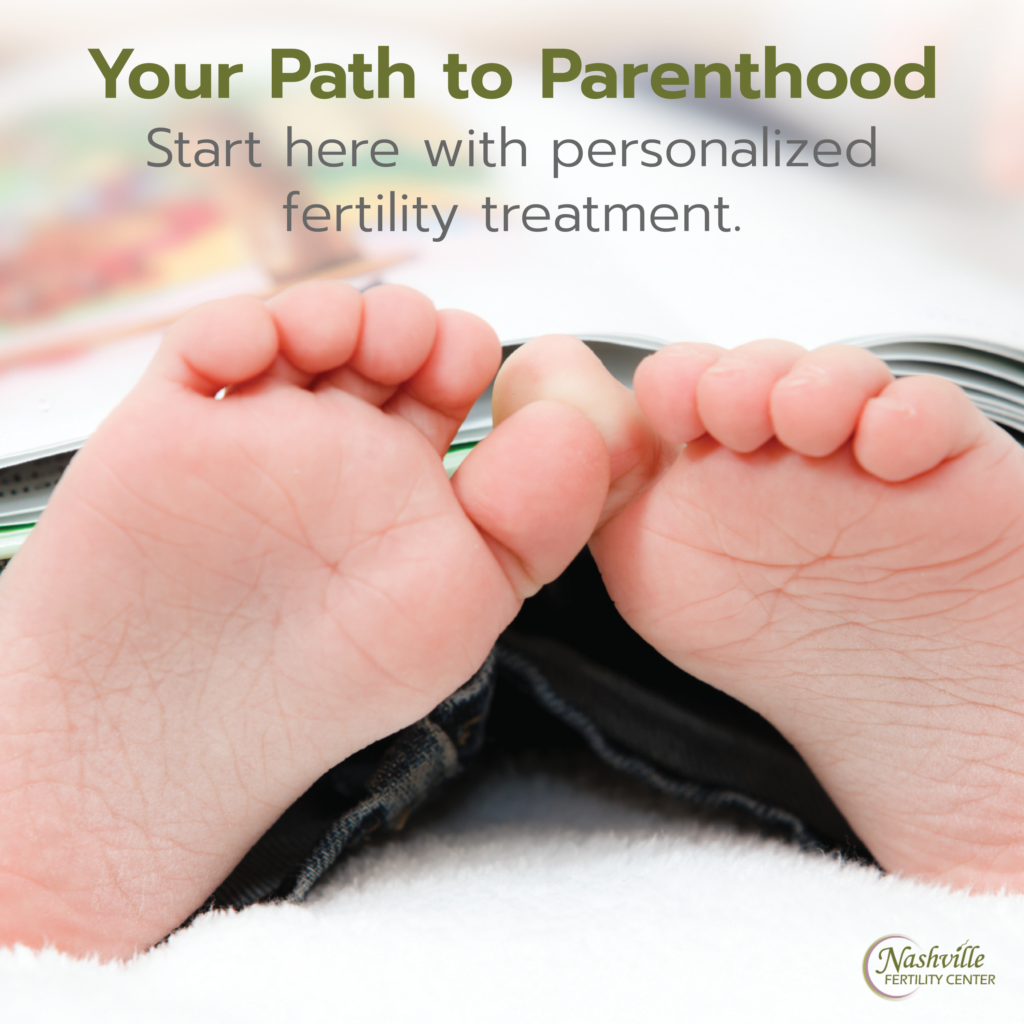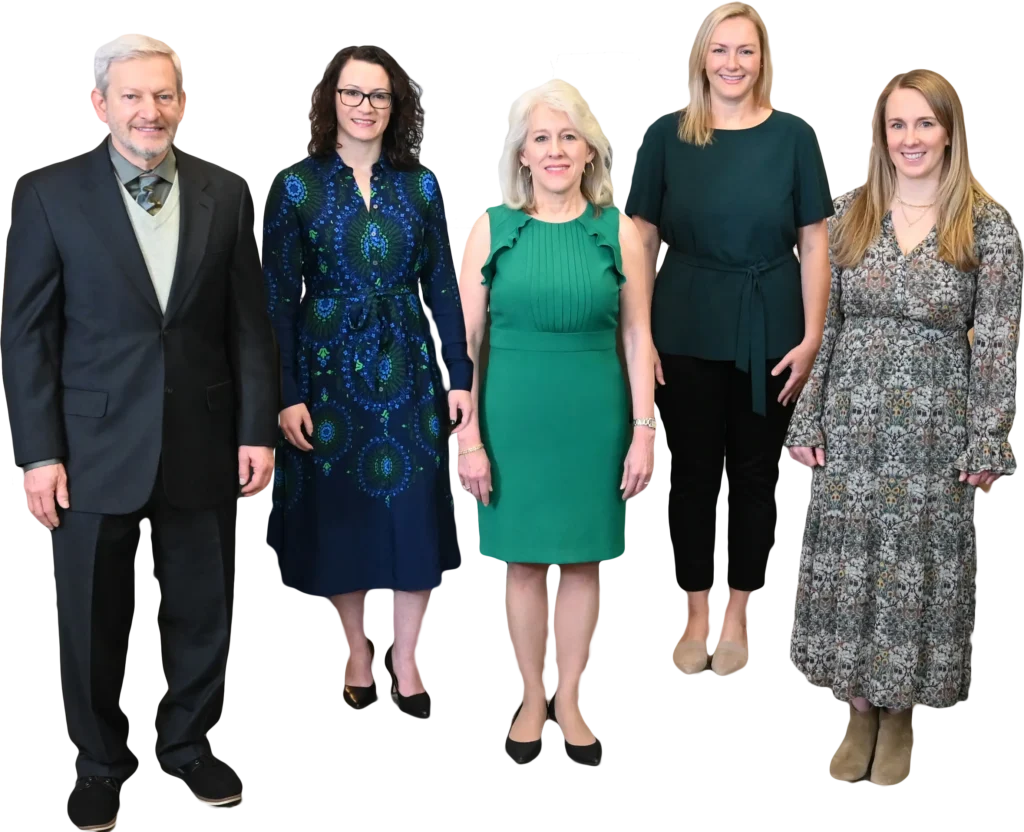Trophectoderm embryo biopsy as part of genetic testing
Our Nashville fertility specialists can increase your odds of pregnancy success with a trophectoderm embryo biopsy, which involves removing many cells from the trophectoderm of a blastocyst. This type of biopsy is commonly used for preimplantation genetic testing to determine the viability of embryos.
How trophectoderm embryo biopsy works
A trophectoderm embryo biopsy, and the process that follows, allow hopeful parents to discover if their embryos have chromosomal abnormalities. The biopsy is typically done on Day 5, 6 or 7 after the embryo has been fertilized.
- A trophectoderm biopsy consists of a laser creating a small hole in the shell of an embryo. It allows five to 10 cells to then be removed from the trophectoderm component of an IVF blastocyst embryo.
- The blastocyst consists of two types of cells. The inner cell mass of the blastocyst develops into the baby, while the trophectoderm cells develop into the placenta. The removal of cells during a trophectoderm biopsy does not disturb the inner cell mass, and has no effect on the future development of the baby.
- Biopsied embryos are vitrified, or flash frozen, immediately after the biopsy.
- Cells retrieved are then sent to one of the country’s leading genetic labs for analysis.
- After testing, results are sent back to our Nashville fertility specialists, usually within seven to 10 days. The results are then discussed with the patient who can decide which embryos they would like to have thawed and transferred.
Why the embryo biopsy is typically done on Day 5, 6 or 7
Embryo biopsies used to be done on Day 3 after fertilization. There are many reasons why an embryo biopsy is now done on Day 5, 6 or 7.
- When an embryo biopsy is done on Day 3, one cell is taken out of the eight-cell embryo. Trophectoderm embryo biopsies, done on Day 5, 6 or 7 after fertilization, can take multiple cells out of an embryo that contains 128 cells, creating a better sample and more accurate results.
- A fresh embryo transfer often follows a Day 3 embryo biopsy. The trophectoderm embryo biopsy is followed by a frozen embryo transfer, which has been found to be just as successful, and in some cases more successful, than fresh embryo transfers.
- Because not all embryos will develop blastocysts, a trophectoderm embryo biopsy on Day 5, 6 or 7 allows our embryologists to only biopsy embryos that have formed blastocysts and improves the accuracy of the genetic testing.
Our Nashville fertility specialists know that the journey to a healthy baby can be an involved process and are here to answer questions about trophectoderm biopsy.
Contact us for more information.



